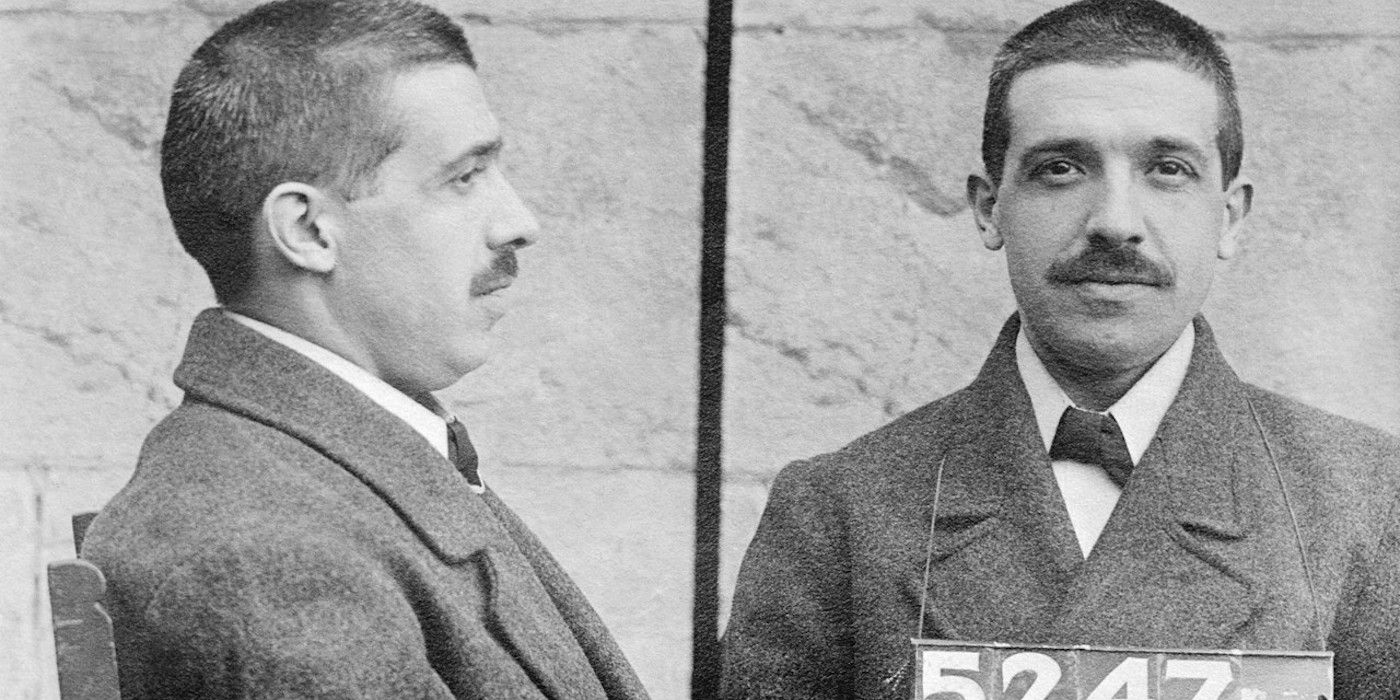Simon Leviev used a Ponzi scheme to scam millions of dollars in The Tinder Swindler, a new documentary available on Netflix. The documentary follows an investigative news report from 2019 (via Norwegian newspaper Verdens Gang) which initially drew Leviev’s crimes into the public eye. Now, with The Tinder Swindler at number one in Netflix’s coveted “Top 10,” Leviev’s scams have many viewers wondering what a Ponzi scheme really is and the history behind it.
The Tinder Swindler begins with Cecilie Fjellhoy’s story of how she met Simon Leviev on the dating app, Tinder. Convinced Simon was the son of LLD Diamonds’ Lev Leviev, Cecilie enters into a whirlwind romance with him, but things turn dire when Leviev convinces her he is in grave danger and she uses copious amounts of her own money to save him. Two other women are soon introduced – Pernilla Sjoholm and Ayleen Charlotte – with similar stories. Each time, Leviev woos his victim into some form of a relationship, leading them to believe he is a billionaire, before suckering them for large sums of money.
One of the biggest parts of Simon Leviev’s scam in The Tinder Swindler, however, is that he uses one victim’s money to seduce the next. Thus, Simon Leviev does not accumulate the money, but funnels it. This is the essence of the Ponzi scheme, a type of scam made famous in the 1920s by postal-coupon heister Charles Ponzi and exploited by Simon Leviev in The Tinder Swindler.

Charles Ponzi became notorious in the 1920s after running a scam involving the purchase of postal coupons. At the time, an International Reply Coupon, or IRC, could be purchased by the recipient of the mail to send a response to another country. The coupon was priced in the country of purchase, but could be swapped for stamps at their destination — a tiny detail that Ponzi exploited by purchasing swaths of the coupons in European countries and then exchanging them for the far more valuable U.S. stamps. In order to do this, he needed capital, so he created a system by which he used the money from new investors to pay his previous investors, making it appear that all of them were seeing a huge profit, thus leading to ever more investors. His scheme made him millions until he was exposed and sent to prison in 1920.
In a similar fashion, The Tinder Swindler shows Simon Leviev has stolen a total of $430,000 from the women in the Netflix documentary, using Cecilie’s money to convince Pernilla of his wealth before using Pernilla’s money to convince another and so on. The women from The Tinder Swindler are not Leviev’s only victims, however. It is estimated that Leviev has scammed more than $10 million from his victims since 2017, coming in close behind his role-model Charles Ponzi, whose theft is estimated (via Smithsonian) at $15 million.





